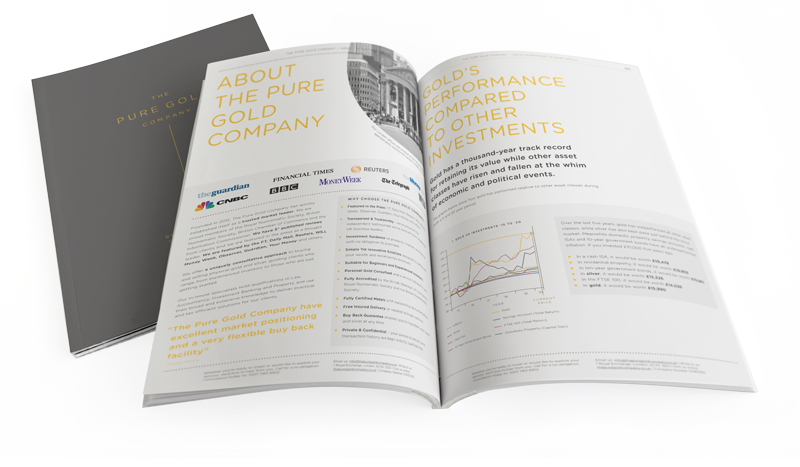Stock markets cycle up or down in response to a multitude of economic and political forces. Investing on the way up, or selling before stocks turn down is what every investor aspires to, but it isn’t easy to know when it might turn. Still, the direction and longevity of a market run can be defined as a bull or bear market, which may make it easier to decide when or what to invest in.
What is a Bull Market?
A bull market rises at least 20% from a recent low, although it may go much higher than that. The prolonged increase is reflected across the majority of the market over some time Even if there are downward dips interspersed in the generally upward cycle. It represents a period of employment growth and economic expansion. A Bull market is often characterised by market optimism and confidence.
The longest bull market in history was the period from the bottom of the financial crisis in 2009 through to the coronavirus slide of 2020. From its lowest to its highest point, the stock market index returned over 400%. Growth like this is an anomaly though. The average bull market lasts around 2.7 years and the index rises by a far more modest amount.
What is a Bear Market?
A bear market drops at least 20% from a recent high. It is characterised by pessimism and general economic decline, including increased unemployment. There are other market and economic trends that may go with bear markets, like a sharp market correction or a longer-term economic recession. However, a bear market is not reliant on either of these downward trends. There can be intra-period rises during a bear market, but they are short-lived and don’t reverse the downward trend.
Looking Into Gold Investment?
Book a FREE consultation with our expert brokers at The Pure Gold Company.

The short-lived Bear
Bear markets tend to be shorter-lived than bull markets, averaging just under 10 months, and in some cases, the recovery can be quick too. Despite a 34% slump, the bear market caused by the coronavirus outbreak lasted only a month. By contrast, the bear market following the wall street crash of 1929 lasted for almost 3 years.
Investing in Bull and Bear Markets
Bull and bear markets are a historical trend tool, and the bottom, or top, of the stock market, is only easy to spot when looking back. Both Bull Markets and Bear Markets can be useful indicators of where the market is going. A long term rise in stock prices and relatively stable economic growth usually inspires a virtuous cycle of investment, whereas a bear market may look riskier. That said, there are opportunities in both scenarios. It’s essential to balance your investment portfolio and amend the risk profile depending on where you are in your investment cycle. Many Successful investors start in their early 20s with higher risk investments. As you are nearing retirement and looking to avoid the shock of a downturn more conservative lower risk investments are a better bet.
How to utilise physical gold in a Bull or Bear Market
The definition of a bull and bear market refers specifically to stock market indices, although the terms bullish and bearish are also used to describe the cycle of other investment types. The performance of gold can also be described as bullish or bearish. However, over the long term Gold’s value has risen steadily, with some slumps and surges along the way.
Preserving your value
Gold most often holds its value or rises when other investments are losing theirs. Gold can be a fantastic way to store wealth in more troubled economic times. Physical Gold Investments are often used as a hedge against market volatility so it might seem prudent to hold gold in a bear market. Gold is often used as a safe haven asset because it rises over the long term. This can smooth out the peaks and troughs of the market and ensure your assets are preserved whether the bulls or the bears are in the marketplace.


